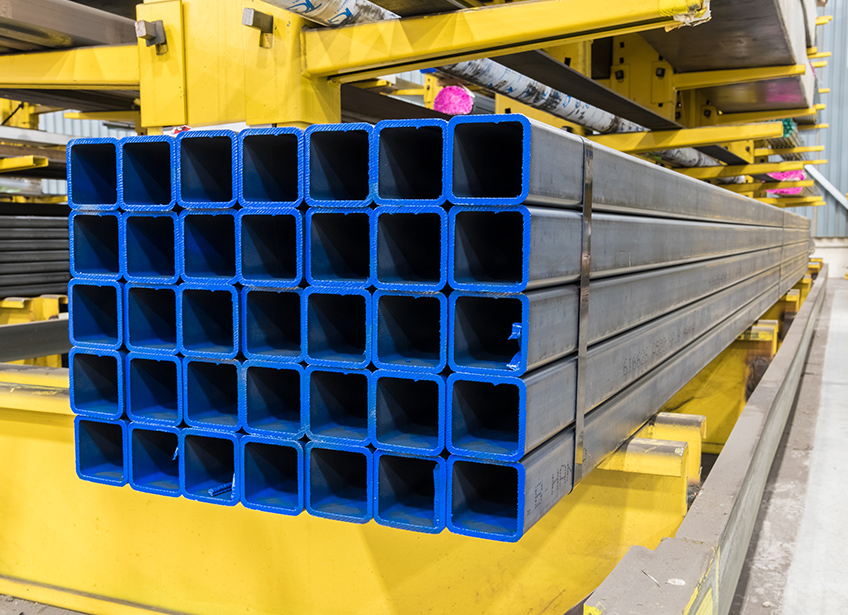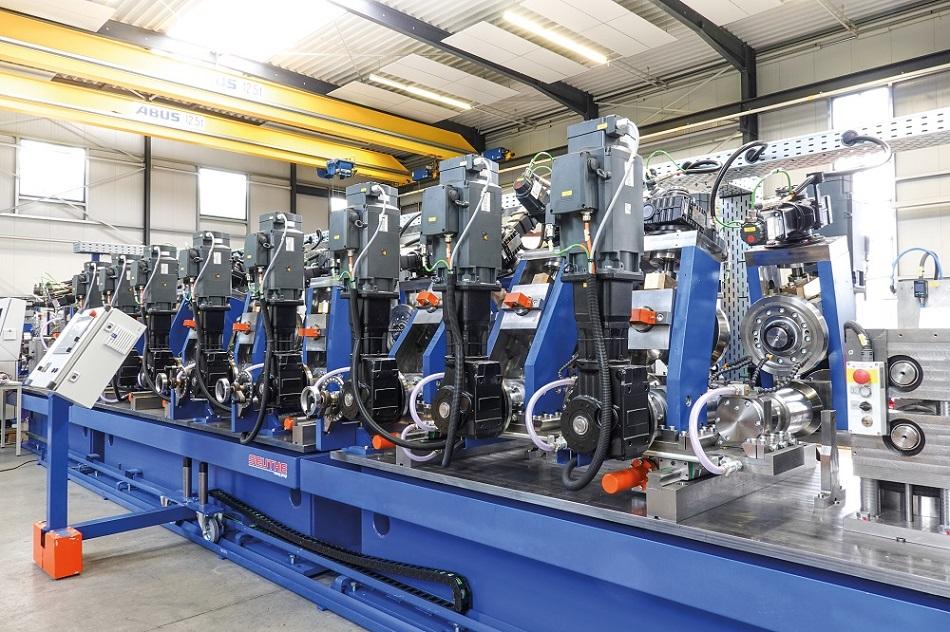Square steel tubing is a popular material of applications, especially in the construction industry. Its strength, durability, and versatility make it an excellent choice for building frames, handrails, and other structures. Advancements in manufacturing technology lead to higher quality products at lower costs. And the demand for square steel tubing will continue to grow in the future. In this article, we will explore the current situation of the industry and its future developments.
The Benefits of Square Steel Tubing
Square steel tubing is a cost-effective option that provides long-lasting support for building structures, handrails, and other applications. Its square shape allows for easy installation. And the material can be easily cut and welded to fit specific requirements. Additionally, the material is recyclable, making it an environmentally friendly choice.
Advancements in Square Steel Tubing Manufacturing
The manufacturing of square steel tubing has undergone significant advancements in recent years. New technologies, such as laser cutting and automated welding. Have made the manufacturing process more efficient and precise. The use of high-strength steel alloys has also increased the strength and durability of these materials.

Square Steel Tubing in the Construction Industry
The construction industry is the primary user of the pipe with applications ranging from building frames to handrails. The demand for the material continues to grow as the construction industry expands. Additionally, the use of pipes in other industries, such as automotive and aerospace, increases as well.
Examples of Square Steel Tubing Applications
Square steel tubing is used in a variety of applications, including:
- Building frames and supports
- Handrails and guardrails
- Staircases and railings
The Future of the Square Steel Tubing Industry
The demand for square steel tubing will continue to grow in the future. Driven by the expansion of the construction industry and the increasing use of square steel tubing in other industries. Advancements in manufacturing technology will continue to improve the quality and reduce its cost of it. Additionally, the use of new materials, such as composite materials, may offer new opportunities for the industry.

Challenges Facing the Square Steel Tubing Industry
The square steel tubing industry faces several challenges, including:
- Competition from other materials, such as aluminum and composite materials
- Volatility in raw material prices, which can impact production costs
- The need to meet increasing environmental standards and regulations
However, the industry also faces challenges such as competition from other materials and environmental regulations. To address these challenges, the industry can implement strategies such as developing new products and applications, investing in research and development, and exploring new markets and industries. Overall, the future of the square steel tubing industry looks promising as it continues to innovate and adapt to changing market conditions.
Strategies for the Square Steel Tubing Industry
To address these challenges, the square steel tubing industry can implement several strategies, such as:
- Developing new products and applications for the tubes
- Investing in research and development to improve manufacturing processes and product quality
- Exploring new markets and industries to expand the customer base
Conclusion:
In conclusion, the square steel tubing industry is a vital component of the construction industry, providing a cost-effective and durable material for building frames, handrails, and other structures. Certainly with advancements in manufacturing technology and increasing demand, the future of the square steel tubing industry looks promising. By implementing strategies such as developing new products and applications and investing in research and development, the square steel tubing industry can continue to grow and thrive in the future.

